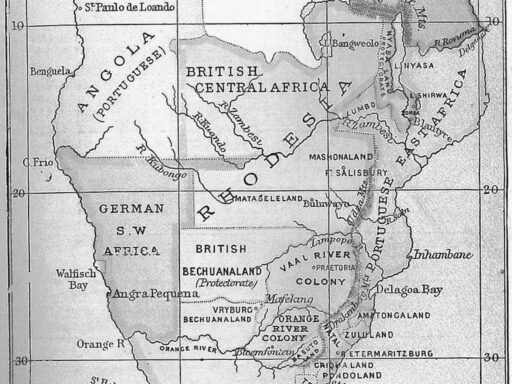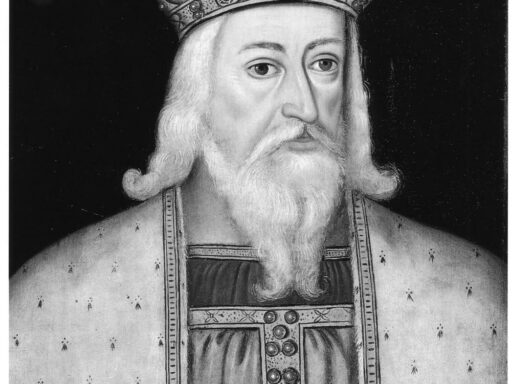The Avro Arrow was destroyed mainly due to a combination of economic limitations, shifting military strategy, technical challenges, lack of export prospects, political decisions, and controversial replacements. This decision reflected the realities of its era, where Canada faced rising costs and changing defense priorities that made sustaining the project impractical.
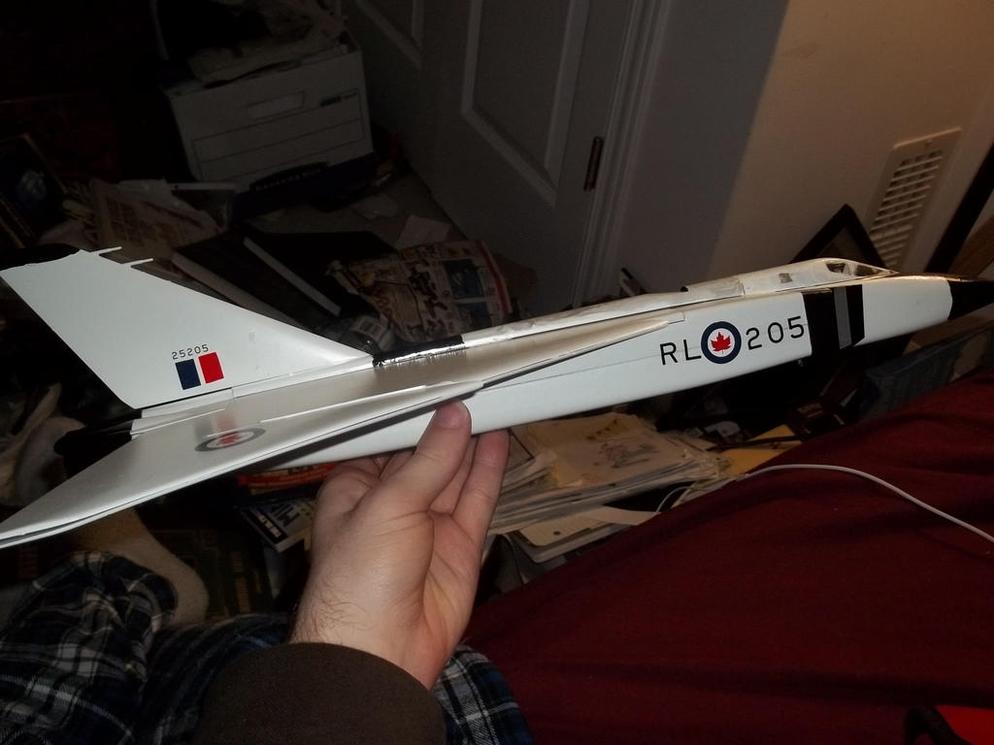
The project’s cost burden stood out against Canada’s relatively small economy. Maintaining such an advanced fighter jet program demanded substantial funding that the country struggled to justify. Compared to other small economies like Sweden, which also faced hardships keeping fast jet programs alive, Canada’s financial constraints played a critical role. The high expense did not seem justifiable for an aircraft that would serve a limited purpose within Canadian defense.
During the Arrow’s development, a significant military shift occurred. The Soviet Union prioritized ballistic missiles as the primary means of nuclear attack. This change diminished the relevance of manned interceptors like the Arrow, as missile defense became the focus across NATO countries. Several interceptor projects were canceled globally for this reason. For instance, the UK’s 1957 Defence White Paper eliminated many manned aircraft programs, and the US canceled its XF-108 interceptor. This strategic pivot reduced the Arrow’s perceived necessity and budget priority.
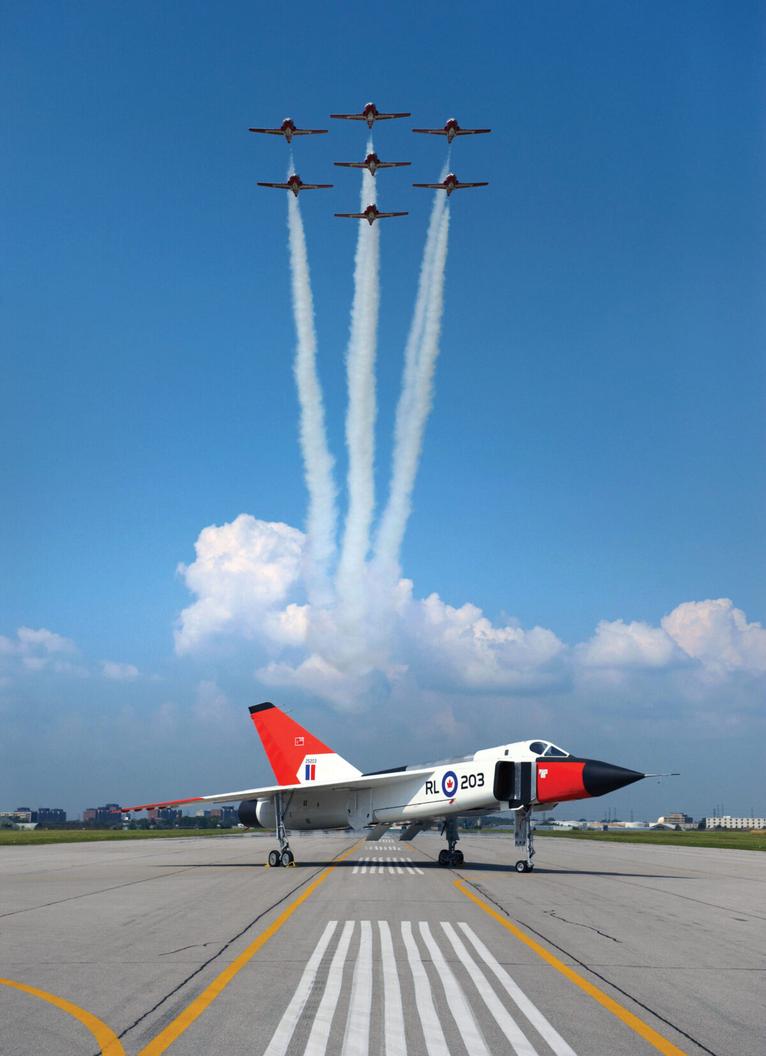
Technically, the Arrow faced real challenges. Its engine, the Iroquois, remained immature and failed to deliver promised performance. The available missile armament was limited to the underwhelming AIM-4 Falcon, after more advanced options were abandoned. The avionics systems lagged behind cutting-edge aircraft like the F-106. This gap between ambition and actual capabilities undercut confidence in the project’s viability. While the Arrow was innovative, its practical effectiveness fell short of expectations.
The aircraft’s specificity also limited its appeal. The Arrow was a niche interceptor designed primarily for Canada’s air defense needs. There was little chance of foreign customers or partners emerging to help share the enormous development and production costs. The United States preferred domestically produced alternatives, such as the F-106, while the UK chose the simpler English Electric Lightning for its equivalent missions. This isolation further reduced the economic rationale for continuing the program.
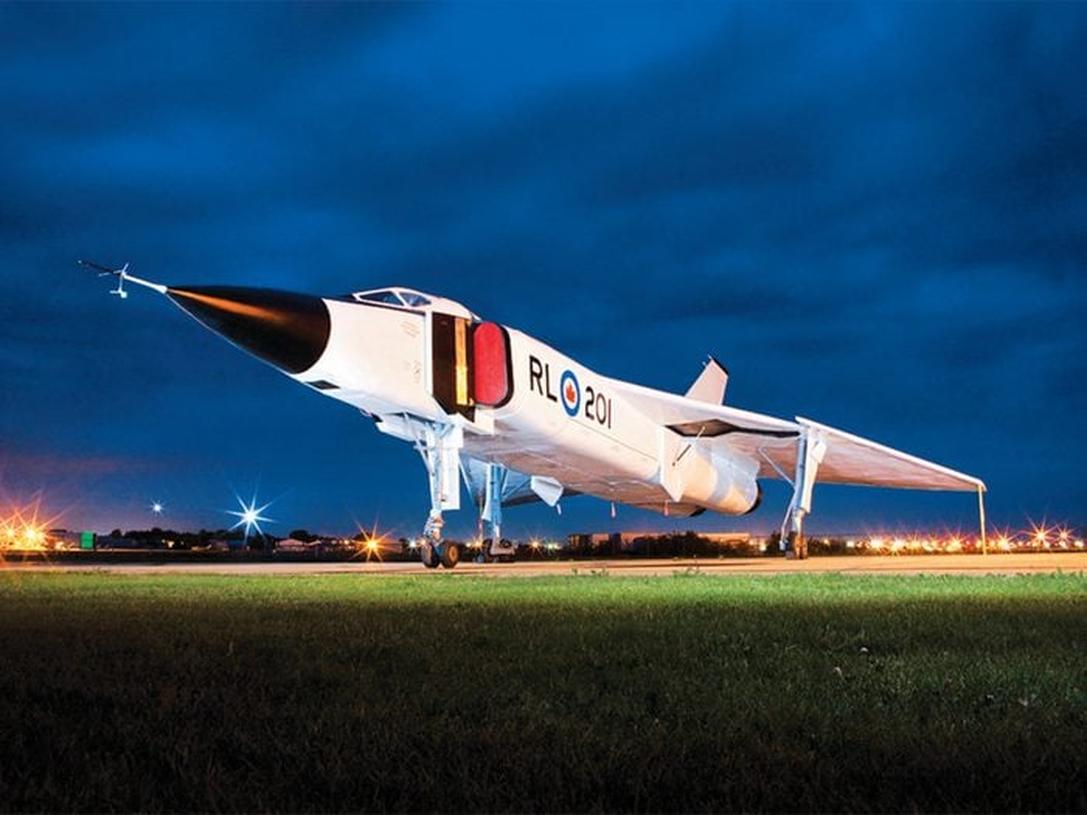
The cancellation’s execution carried significant political and social consequences. The Diefenbaker government ended the Arrow program abruptly, which caused widespread shock in Canada. This sudden decision spawned many conspiracy theories and left a lasting wound on Canadian national pride. Tens of thousands of skilled workers lost jobs, dispersing talent and expertise from the aerospace sector. The government’s stance reflected a deliberate choice not to maintain a large domestic aerospace industry at the time.
The Arrow’s replacements proved deeply controversial. Canada adopted the McDonnell CF-101 Voodoo fighters and Bomarc surface-to-air missiles, both equipped with nuclear warheads. Public opposition to nuclear weapons on Canadian soil grew intense, contributing to political instability and eventually the fall of the Diefenbaker government. This controversy compounded the negative legacy of the Arrow’s destruction, fueling resentment towards the replacement strategy.
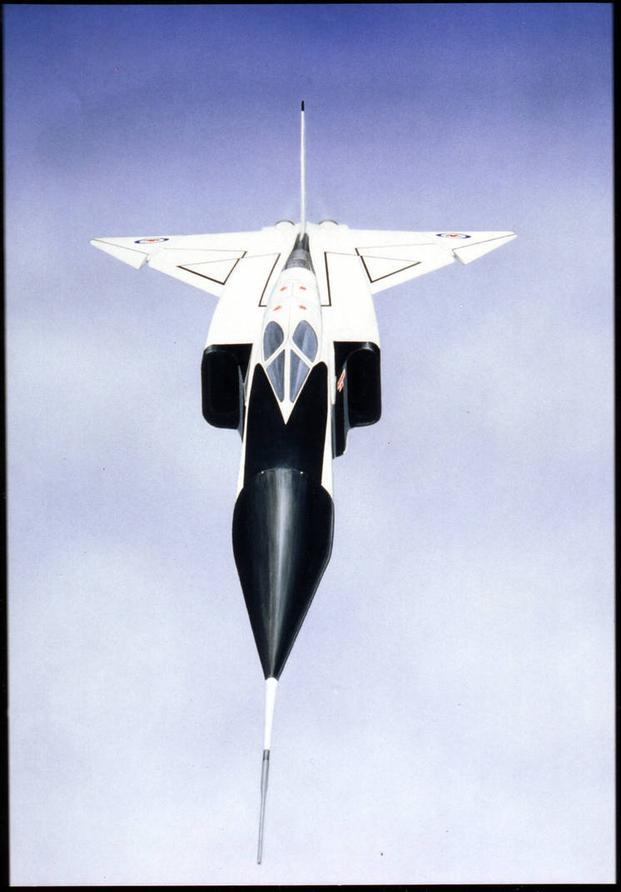
| Key Factors | Details |
|---|---|
| Economic | Project too costly for Canada’s economy; no cost-sharing partners |
| Military Shift | USSR focus on ballistic missiles made interceptors less relevant |
| Technical | Immature engine, limited weapons, outdated avionics |
| Export Potential | Niche design with poor international market prospects |
| Political Fallout | Sudden cancellation caused social unrest and conspiracy theories |
| Controversial Replacement | Use of nuclear-tipped missiles sparked political crisis |
- The Avro Arrow’s destruction stemmed from economic, strategic, and technical concerns.
- Changing defense priorities reduced the value of manned interceptors like the Arrow.
- Technical shortcomings undermined the project’s operational promise.
- Limited export opportunities left costs concentrated on Canada alone.
- The harsh cancellation sparked political fallout and hurt national pride.
- The nuclear-armed replacements heightened public and political tensions.
Why was the Avro Arrow Destroyed?
The Avro Arrow got destroyed because it was a costly, technically flawed, and strategically outdated project that Canada just couldn’t afford or justify anymore. Now, that’s the short answer, but hang on—there’s a juicy story behind those metal scraps and conspiracy whispers.
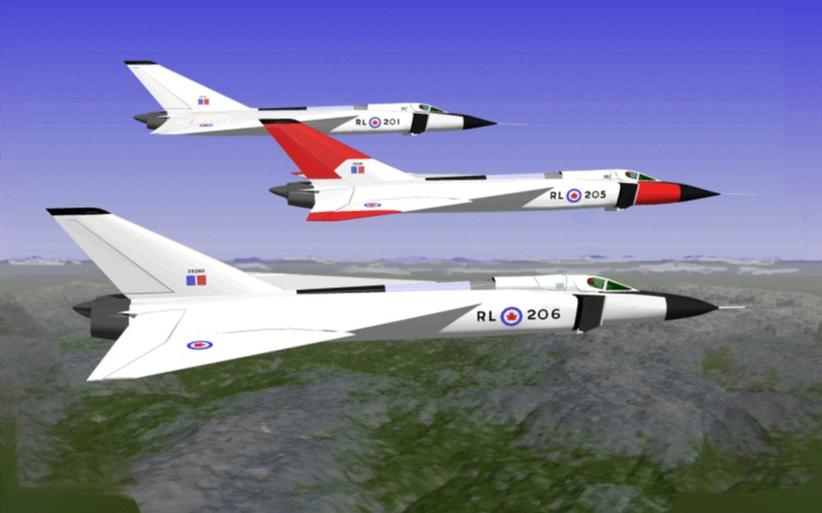
Canada, in the 1950s, dreamed big with the CF-105 Avro Arrow—an advanced supersonic interceptor meant to defend its skies from Soviet bombers. The ambition was sky-high, but reality often bites harder than a cold Canadian winter.
Economic Realities: Too Big for a Canada-Sized Economy
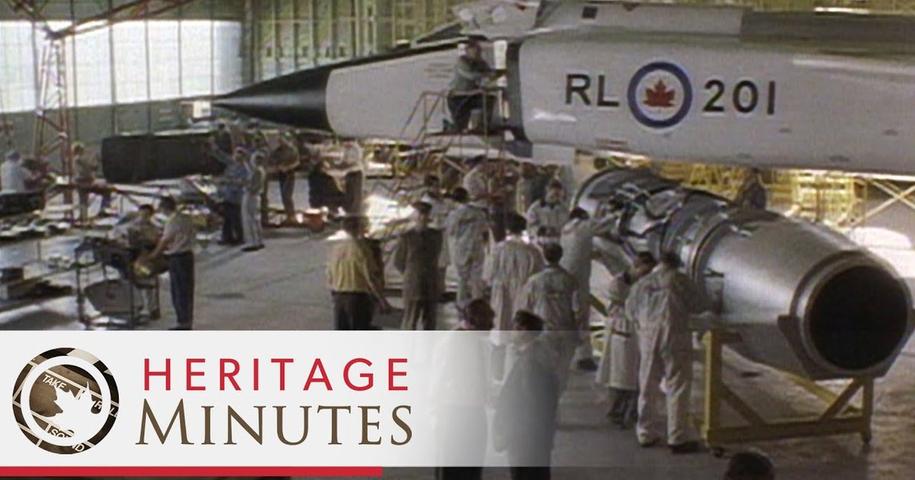
Here’s the kicker: the Arrow was EXTREMELY expensive for a country with an economy the size of Canada’s. And we’re talking about a time when national budgets weren’t endless. For context, Sweden—a smaller economy—was struggling to keep its own jet project afloat, the Draken interceptor. If Sweden had a tough time, how could Canada win with something even more ambitious?
No secret that defense projects with sky-high costs don’t play well in smaller economies. The Arrow demanded lots of resources, making it an impractical whale in a fishbowl budget. Simply put, the finances screamed “no.” This economic pinch is a huge reason the project eventually got the axe.
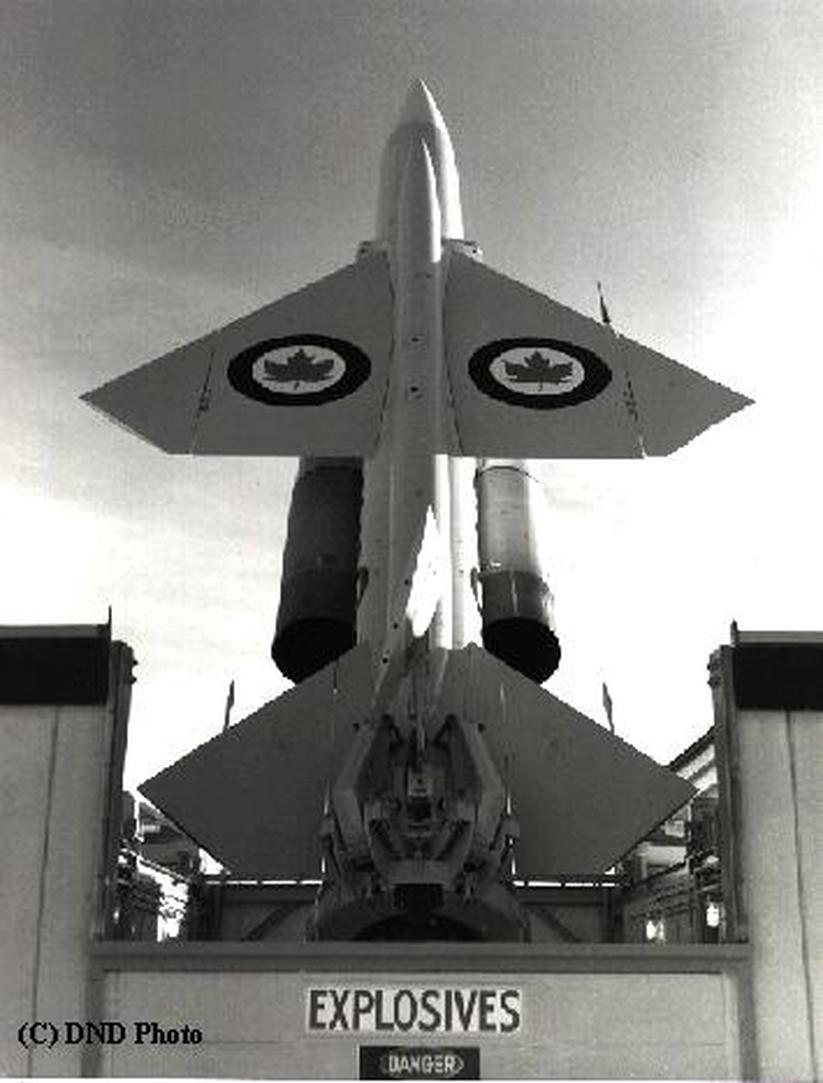
The Shift in Defensive Needs: Missiles Over Manned Jets
Imagine working hard on this cool interceptor that can zoom faster than anything else—then hearing the enemy’s new strategy: ballistic missiles.
The Soviet Union wasn’t sending fleets of bombers anymore. They were sending missiles. This alone made a plane like the Arrow less relevant. NATO countries started pulling the plug on similar expensive interceptor projects because ballistic missiles demanded a different kind of defense.
The UK’s 1957 Defence White Paper slashed manned interceptors, while the US canned the XF-108 project. Canada was caught in the same crossfire of evolving military tech and strategy. Arrows to intercept planes? Out. Missile defense? In.
Technical Troubles: Not All That Shiny
It’s easy to romanticize the Arrow as Canada’s aviation masterpiece, but reality was less glamorous. The plane had some glaring flaws. Its engine, the Avro Iroquois, was immature—think of it as an experimental turbo. It struggled with reliability and performance expectations.
The missile system was underwhelming, settled with the AIM-4 Falcon while better options were scrapped. Avionics, the brain of the plane, lagged behind what the Americans had in their F-106 fighters. Imagine bringing a butter knife to a gunfight. That’s how outdated the Arrow’s tech felt at cancellation.
A Niche Jet with No Friends
Exporting military jets isn’t like selling cars. Other countries want proven champions, not experimental entrants. The Arrow was too niche, and potential foreign buyers weren’t biting.
The U.S., Canada’s biggest defense partner, preferred its own F-106 fighters. Meanwhile, the UK went with the cheaper EE Lightning for interception duties. No allies stepping up meant Canada had to foot the entire bill alone—and that’s never a recipe for success.
The Political Fallout: When Pride Gets Scratched
The cancellation wasn’t softly whispered at a committee meeting. It was a thunderbolt from the Diefenbaker government. Overnight, the Arrow program was cut dead. Thousands lost jobs, and national pride took a nosedive.
The abrupt end sparked mountains of conspiracy theories. “Why kill such a promising jet?” people asked. Some suspected US pressure, others saw political bungling.
Whatever the truth, the decision left a scar. The Canadian aerospace industry took a hit, and many of the brilliant engineers left for greener pastures abroad—never to return.
The Controversial Replacement: Nuclear Drama
The Arrow’s replacements, the CF-101 Voodoo fighters and Bomarc missile sites, were not universally loved. They came with nuclear-tipped warheads, sparking public outrage and fears. Hosting nuclear weapons on Canadian soil didn’t go down well.
This controversy helped sink the Diefenbaker government. Political instability grew, and the Arrow’s demise became part of a bigger, messier national story.
What Can We Learn from the Avro Arrow Saga?
Why was the Avro Arrow destroyed? It wasn’t just one reason; it was a perfect storm of economics, evolving military needs, technical setbacks, and political turmoil.
Canada’s dream of a cutting-edge fighter jet collided with hard budget realities and a changing global defense environment. Without export customers or a tech edge, it lost its fight long before the scrapyard crew arrived.
Yet, the story lives on—not just as a tale of lost dreams, but a lesson in balancing ambition with feasibility. Would Canada be better off re-entering the aerospace race today? Perhaps, but careful planning would be essential.
Next time you see a shimmering jet, think about the Avro Arrow—a symbol of ambition that soared too close to the sun for Canada’s pocketbook. Was it a great jet killed by politics and economics? Or a project doomed by changing times? You decide.



